|



|
FROM SITE SELECTION
MAGAZINE, July 2022 ISSUE
|
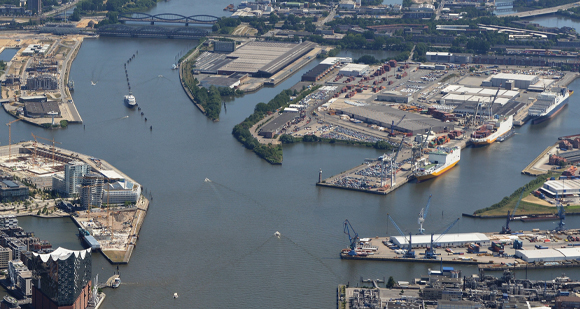
|
Cover Story
“New Industrial Urbanism” calls for reassessing the relationships among
cities, people and industry.
|
|
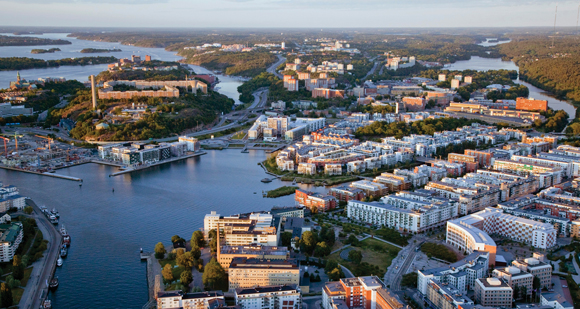
|
SUSTAINABILITY RANKINGS
The top places for sustainability don’t talk about finding solutions.
They go out and find them.
|
|
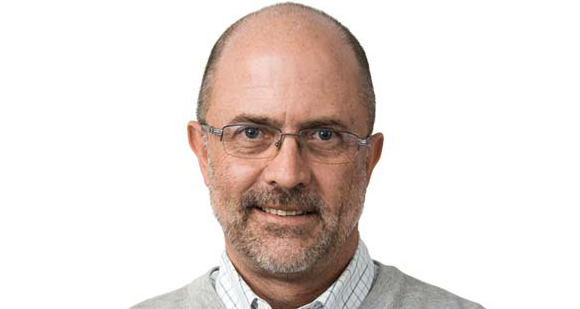
|
EDITOR’S VIEW
Our cover story takes the smart city discussion in a new, different
direction. Editor in Chief Mark Arend shares his own different take on
what’s smart.
|
|
  |
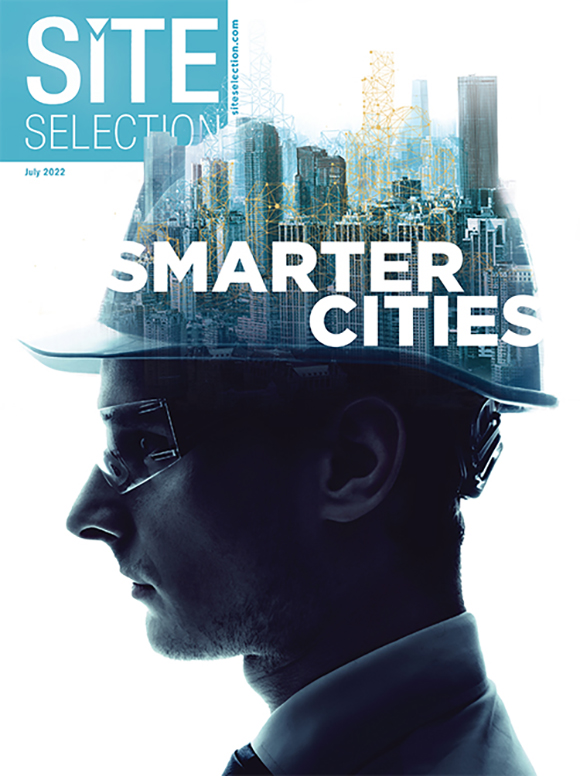
MISSISSIPPI
The Digital Edition of our July issue is now
live. A complete facsimile of the print edition graced with a
cover designed by Negin Momtaz, it features our Smarter Cities cover
story and Sustainability Rankings, new findings about the world’s top
Startup & Innovation Hubs from Startup Genome, where the Rural Advantage
is most evident and data center insights from Uptime Institute. Also,
don’t miss the Texas Economic Development Connection Intelligence
Report, a special retrospective on 20 years of the Industrial Asset
Management Council (IAMC), and an entire lineup of state spotlights,
industry reports on sectors such as aerospace and advanced
manufacturing, and Site Selection Investment Profiles.
|
|
Kosice, Slovakia
Volvo Cars announced on July 1 it will establish a third manufacturing
plant in Europe, located near Kosice in the eastern part of the country
“where it will benefit from a well-established automotive supply chain
as it becomes the fifth car plant in the country,” Volvo stated. The
plant will be climate-neutral and make only electric cars, reflecting
the company’s aim to be fully electric by 2030 and climate-neutral by
2040. “By picking Slovakia as the location for its new plant, Volvo Cars
creates a European triangle of manufacturing covering its largest sales
region — complementing the Ghent plant (Belgium) in western Europe and
the Torslanda plant (Sweden) in northern Europe,” the company said,
noting that it’s been nearly 60 years since those two other plants were
built. In addition to solid logistics and supplier infrastructure, Volvo
said, incentives offered by the Slovak government were also key to the
location decision.
Calgary, Alberta
At the end of June, IBM Canada announced an IBM Client Innovation Centre
(CIC) for Western Canada, with plans to create 250 new jobs in downtown
Calgary. “The CIC will have a focus on sustainability, delivering
consulting services and technologies like 5G, artificial intelligence,
hybrid cloud and blockchain, helping to elevate Alberta’s position as a
center for energy transformation,” the company said, noting its
partnership with Invest Alberta, Calgary Economic Development and
Opportunity Calgary Investment Fund (OCIF) to establish the CIC.
According to a report from Calgary Economic Development and IDC Canada,
Alberta’s spending on digital transformation is expected to surpass C$20
billion by 2024, of which Calgary businesses will account for nearly
C$7.5 billion. IBM Canada also maintains CICs in Halifax and Montreal.
|
|
  |
|
2022 MISSISSIPPI
DEVELOPMENT GUIDE
|

|
GOVERNOR Q&A
Employers applaud Gov. Tate Reeves’ data-driven approach.
|
|
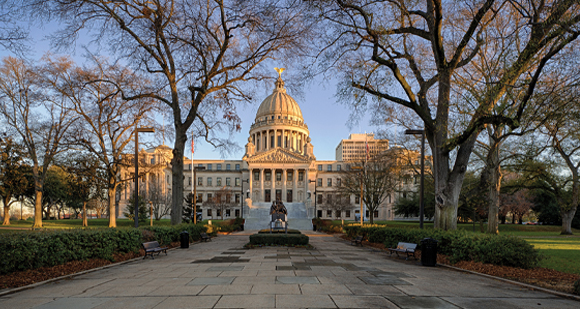
|
BUSINESS CLIMATE
Investments into infrastructure, broadband, workforce and site
development form the foundation.
|
|
|
SITE SELECTION
RECOMMENDS
|
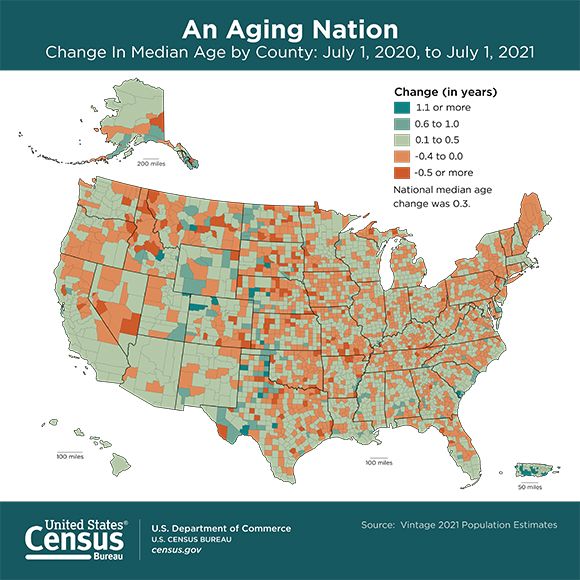
Map courtesy of U.S. Census Bureau
|
2021 population estimates released by the U.S.
Census Bureau last week show the median age has increased by 3.4
years since 2000, reaching 38.8 years. Utah remains the youngest state
in the nation, but even its median age increased to 31.8 years.
Meanwhile, the oldest state in the nation, Maine, decreased its median
age by one-tenth of a percentage point to 44.7 in 2021. “With birth
rates trending downwards and the aging of the Baby Boom and Generation X
cohorts, the median age will likely continue to rise in the coming
years,” said Kristie Wilder, a demographer in the Census Bureau’s
Population Division.
|
|

|
Photo by Ron Van Oers © UNESCO
|
|
Visions of smarter cities have been around since cities began. Among
them was Brasilia, the futuristic capital city of Brazil. A definitive
example of 20th century modernist urbanism, the UNESCO World Heritage
Site was created as the Brazilian capital in the central western part of
the country from 1956 to 1960 as part of President Juscelino
Kubitschek’s national modernization project. As UNESCO describes it,
“the city brought together ideas of grand administrative centers and
public spaces with new ideas of urban living as promoted by Le
Corbusier,” with urban design by Lucio Costa’s (the ‘Plano Piloto’) and
architecture by Oscar Niemeyer. Pictured here is the Os Candangos
sculpture by Bruno Giorgi, situated in the Square of the Three Powers
(Praça dos Três Poderes, where the presidential palace, supreme court
and congress buildings were located). Two years ago, Design and
innovation office Carlo Ratti Associati (CRA), together with consultancy
firm EY, developed a master plan for public real estate company TerraCap
named BIOTIC, a 10-million-sq.-ft. technology and
innovation district in Brasilia.
|
|
|
|

